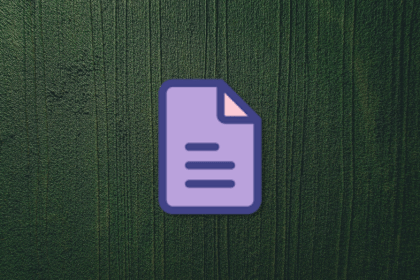
The question isn’t whether Next.js is good or bad; it’s whether the productivity gains are worth the complexity tax.

Learn how the Zeigarnik effect drives engagement and explore UX strategies that keep users motivated to return and complete tasks.

Learn what’s new in Nuxt 4, from the app/ directory to TypeScript improvements and data fetching changes. Plus, tips for a smooth migration.

Turn interviews, prototypes, and MVP results into clear insights with evidence maps for smarter product decisions.

I put Grok 4 to the test on real frontend projects to see if its “math professor-level” intelligence holds up. Here’s how it performed, what it costs, and when to use it.

Discover how AI personas can transform UX design, from simulating users to co-designing interfaces and boosting team speed and accuracy.

Learn how event delegation works, why it’s efficient, and how to handle pitfalls, non-bubbling events, and framework-specific implementations.

Learn how to turn product success into leadership recognition by connecting outcomes to business impact and building visibility.

Learn how top companies and smart UX strategies overcome notification blindness to boost engagement without annoying users.

Learn how to build a metrics tree to align goals, track progress, and prioritize features that drive real product outcomes.

use() API is about to make useContext obsoleteLearn how React’s new use() API elevates state management and async data fetching for modern, efficient components.

Learn how to design AI assistants that are purpose‑driven, user‑focused, and built on trust with reusable UI patterns and clear interactions.